01 Feb Going Wild Camping? Here’s What You’ll Need
After spending a year travelling the USA and Canada in our RV, Maj, we’ve developed a love of the great outdoors. There’s nothing better than parking – or pitching – up at a national park, in the middle of the desert or forest, without another soul in sight. As we learnt during our trip, having the right gear can make all the difference to your wild camping experience, so here’s a guide to the essential items we think you’ll need to kick-start your adventure.
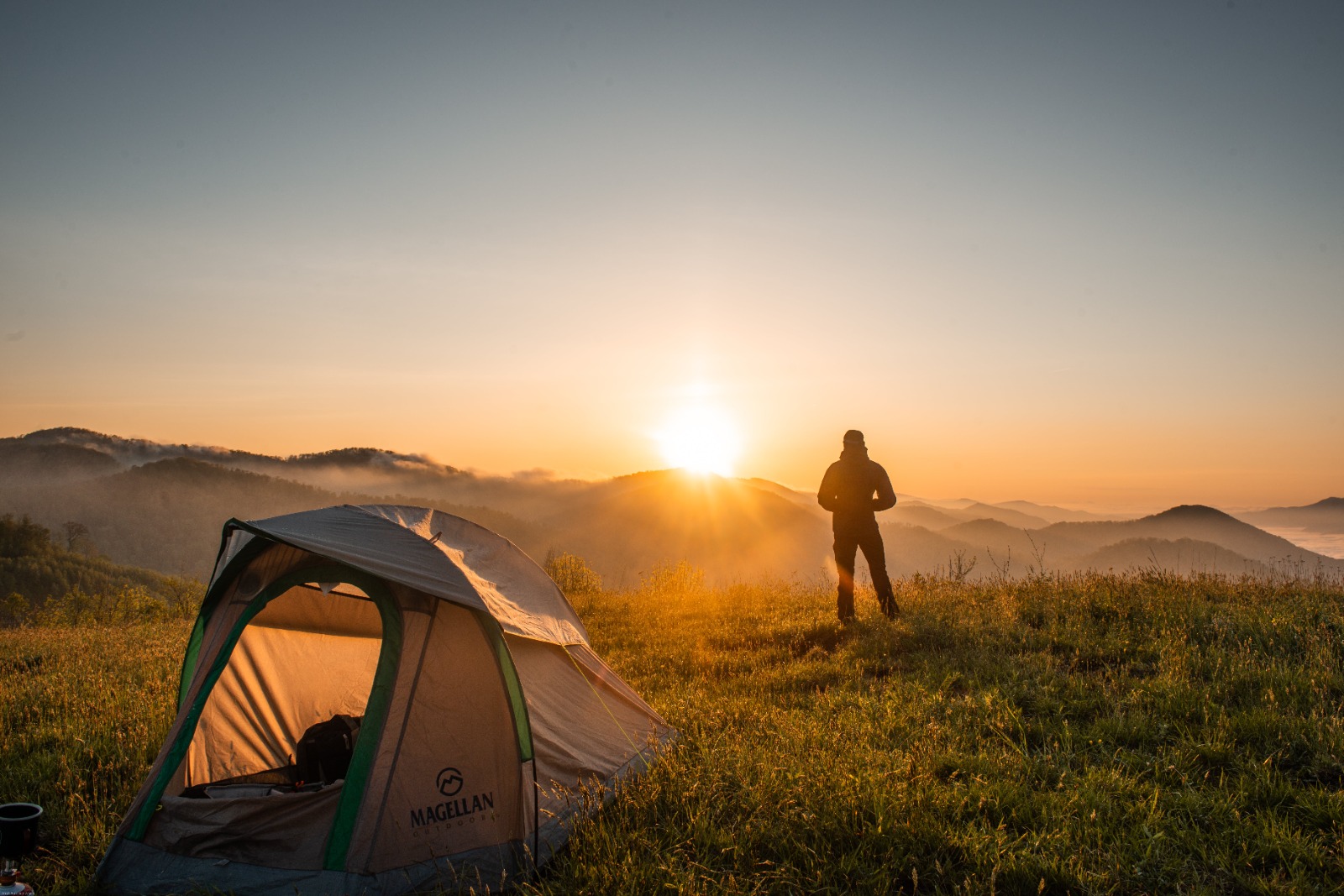
Photo courtesy of Cliford Mervil via Pexels
First things first, always make sure that you’re wild camping spot is legal. For example, in North America, we made sure to check national park websites to see where camping was possible and used apps like iOverlander to find free and legal park-ups on BLM and public land. The rules are different in every country you visit – so be sure to do your research first.
Shelter
It sounds obvious, but the first item on your wild camping gear checklist should be a reliable shelter. We loved travelling in an RV, but if you’re more adventurous than us, tent camping offers the ultimate wild experience. Tents come in various sizes and designs to suit your budget and needs. However, we think it’s worth spending a bit extra to get something that’s guaranteed to be durable, waterproof and easy to set up and dismantle. Practise setting up your tent at home before your trip to avoid any struggles in the field, there’s nothing worse than trying to read instructions in the dark or having to grasp an unfamiliar setup in a downpour or strong winds!
Sleeping Bag
A good night’s sleep is crucial when camping, whether you’re wild camping or just setting up in the back garden, so invest in a top-quality sleeping bag appropriate for the season and climate you’ll be camping in. Sleeping bags are rated for different temperature ranges, so choose one that will keep you warm in the coldest expected conditions. For example, while trekking to Everest Base Camp in Nepal, we stayed in freezing tea houses so needed a four-season sleeping bag to stay warm. A sleeping mat can also significantly enhance your comfort by providing insulation from the cold ground.
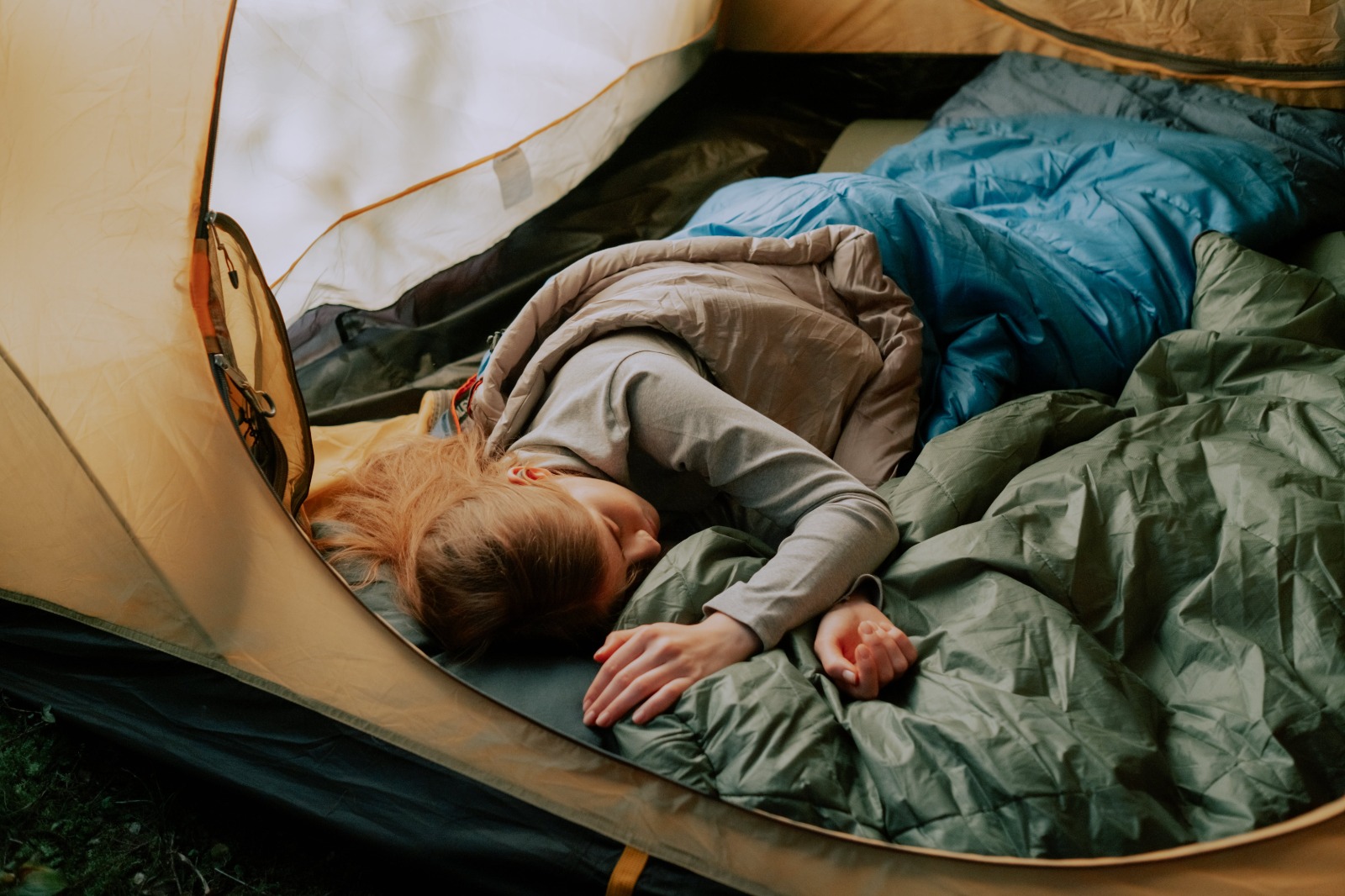
Photo courtesy of cottonbro studio via Pexels
Camp Cooking Equipment
While you could get by with just campfire smores and a pan to heat water above the fire for dehydrated meals, we like to pack a portable camp stove to prepare more substantial meals. Plan what you’ll eat in advance; canned goods, instant noodles, pasta, and porridge all make good wild camping meals. Remember to pack matches or a lighter and bring a cooler for perishable items, as well as a pan and frying pan. If you’re trekking into your campsite and need to be super lightweight, dried food sachets are the way to go.
Water Filtration
Access to clean water is critical for any budding wild camper. Carrying enough water can be heavy and impractical, so invest in a water filtration system or purification tablets to make water from natural sources safe to drink. Look for a filter that can remove bacteria, parasites, and other contaminants, ensuring that you stay hydrated without worrying about waterborne illnesses.
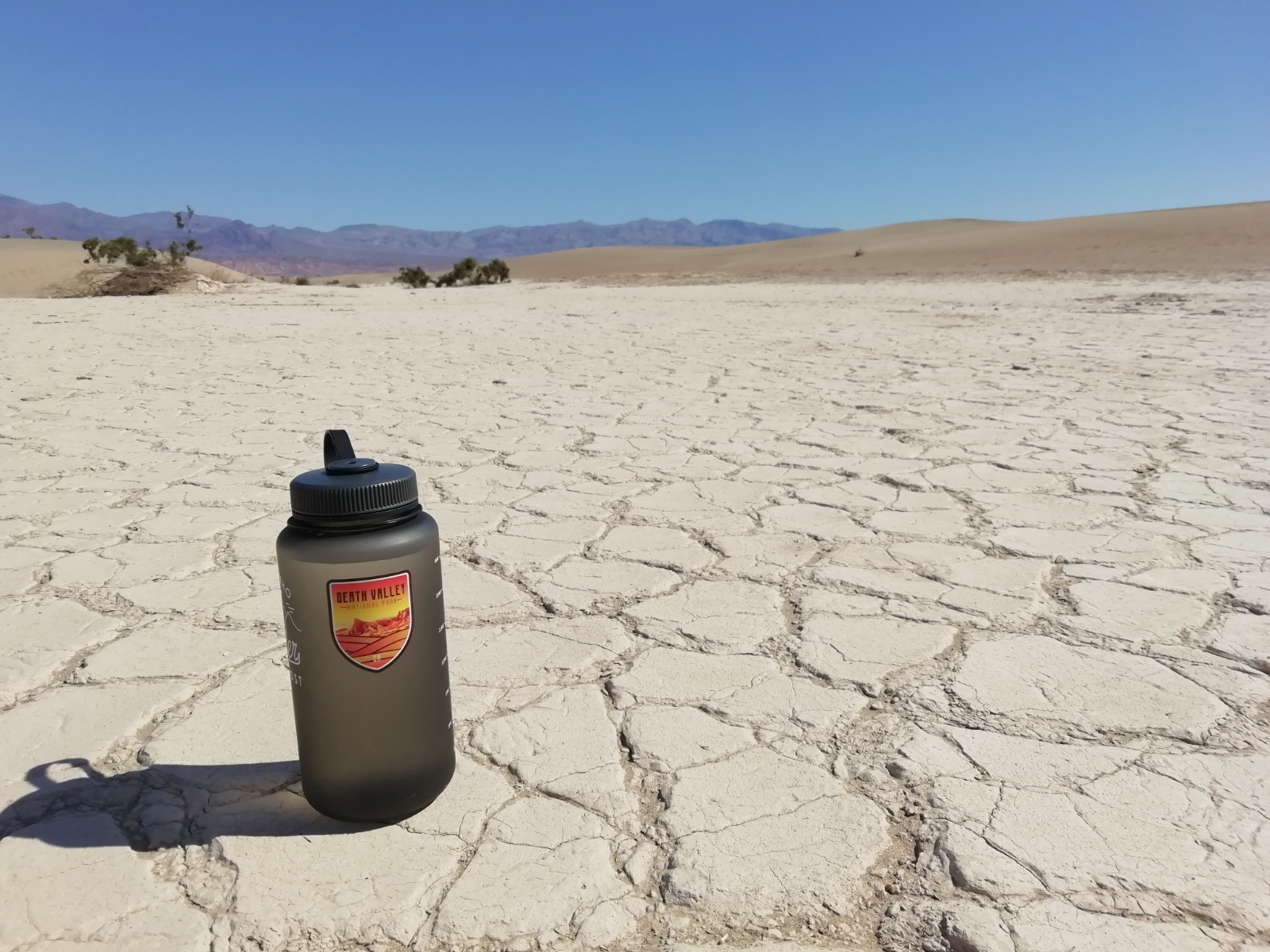
Navigation Tools
Getting lost in the wilderness can be a frightening experience, so always bring reliable navigation tools. A topographic map, compass, and GPS device are essential for determining your location and finding your way back to camp or civilization. Familiarise yourself with these tools before your trip and practise using them. We always download Google Maps for the places we’re visiting and carry a paper map where possible; for example, while trekking in Nepal or visiting national parks in the USA.
Lighting
A good source of light is crucial for safety and convenience during your camping trip. Headlamps, flashlights and lanterns are indispensable for cooking, reading and navigating after dark. Don’t forget to bring extra batteries or a portable charger to ensure your lighting sources stay powered throughout your trip.
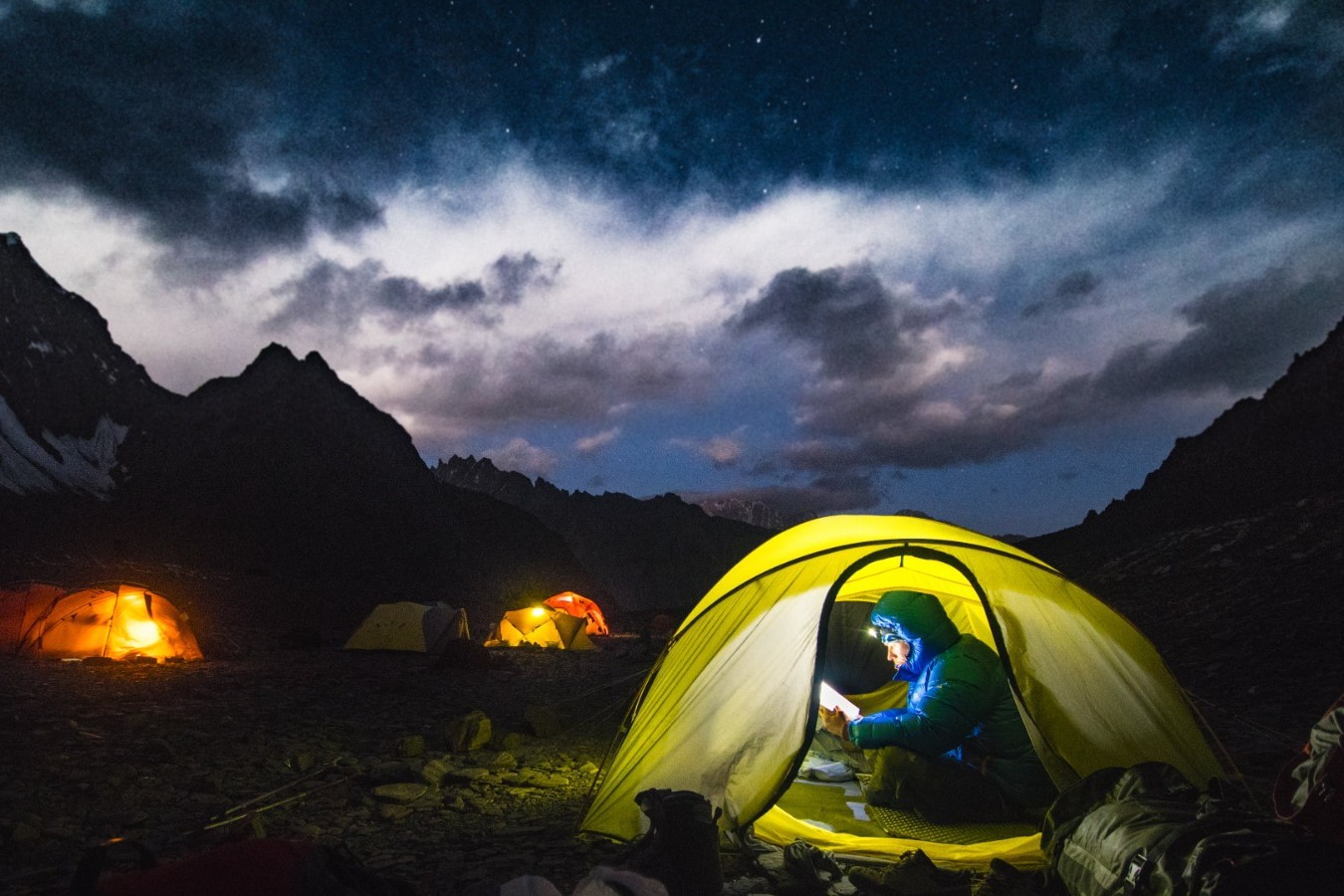
Photo courtesy of Ruslan Aizatulin via Pexels
First Aid Kit
Accidents can happen, so always carry a well-equipped first aid kit. Your kit should include bandages, antiseptic wipes, tweezers, pain relievers and any personal medications you may need. Familiarise yourself with the contents of your kit and how to use them in case of an emergency.
Clothing
Dressing appropriately for the weather is key to staying comfortable while camping. Layering is an effective way to regulate your body temperature, so pack a variety of clothing options. Be sure to include moisture-wicking base layers, insulating mid-layers and waterproof outer layers. Don’t forget extra socks and a hat to keep warm during chilly nights.
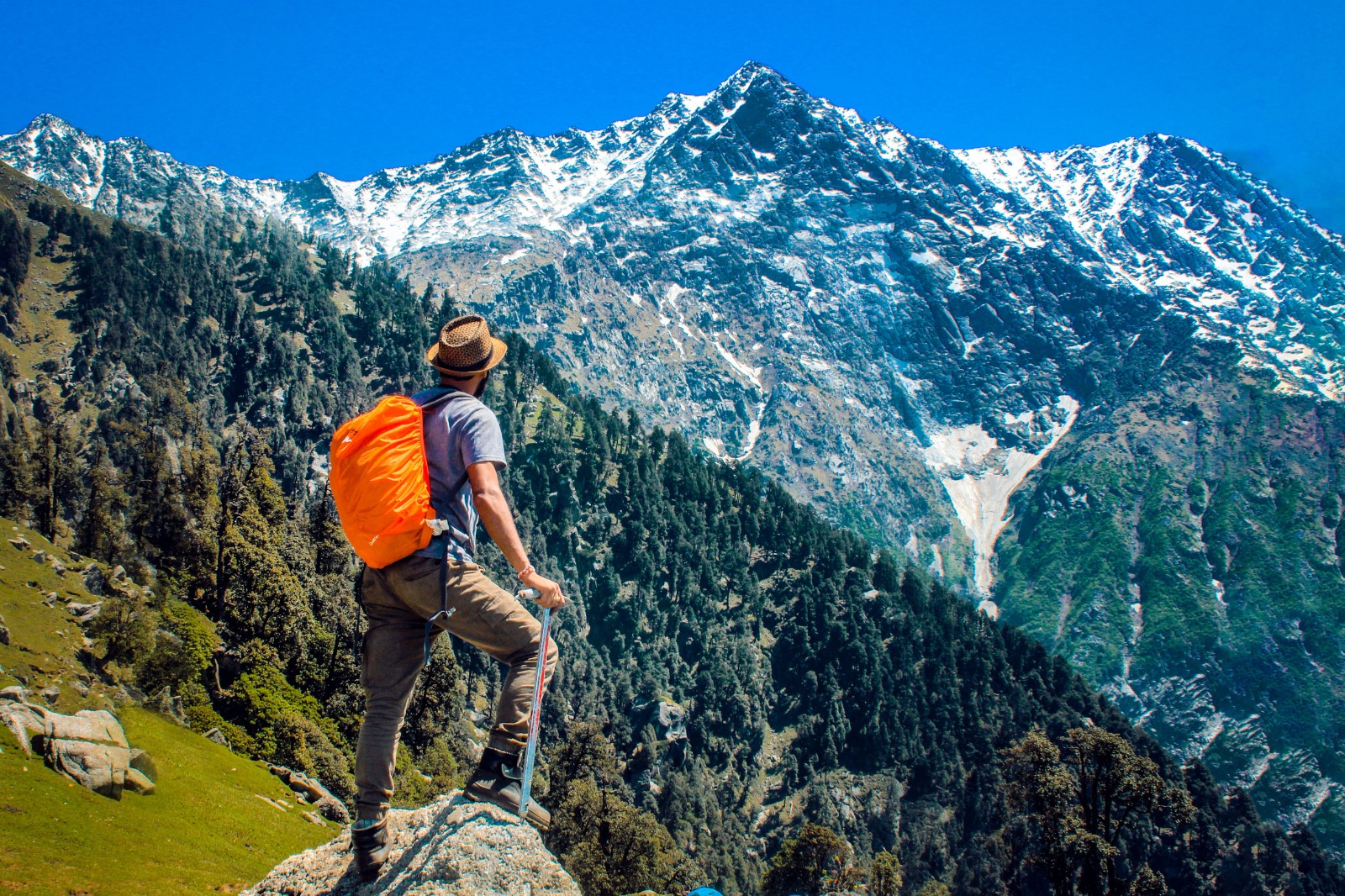
Make sure you have the right clothing for your adventure – Photo courtesy of DreamLens Production via Pexels
Multipurpose Tools
A multipurpose tool, such as a multitool, is incredibly handy for a wide range of tasks, from preparing food to repairing gear. These tools often include various blades, scissors, screwdrivers and other useful features that can save you time and effort. When wild camping, remember that you’re on your own, there might not be others there to help or lend equipment, so be prepared!
Backpack
You’ll need a good backpack to carry all your gear – we love our Thule packs and have also used Osprey in the past. Choose a pack with enough capacity to accommodate your essentials and distribute the weight evenly. Adjustable straps and a padded waist belt can reduce strain on your back during long hikes and a rain cover is essential.
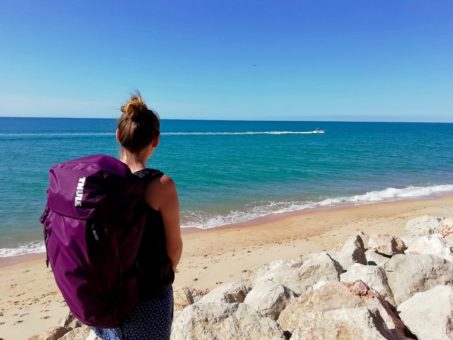
Amy with her Thule backpack
Before your trip, thoroughly inspect and test your equipment to ensure everything is in good working order. Proper planning and preparation will not only enhance your camping experience but also ensure your safety and comfort in the great outdoors. Remember to follow Leave No Trace principles and respect the environment to leave a positive impact on the natural world you’ve come to enjoy. Happy (wild) camping!
Want to get geared up? Check out Valley & Peak’s range of outdoor essentials.





No Comments